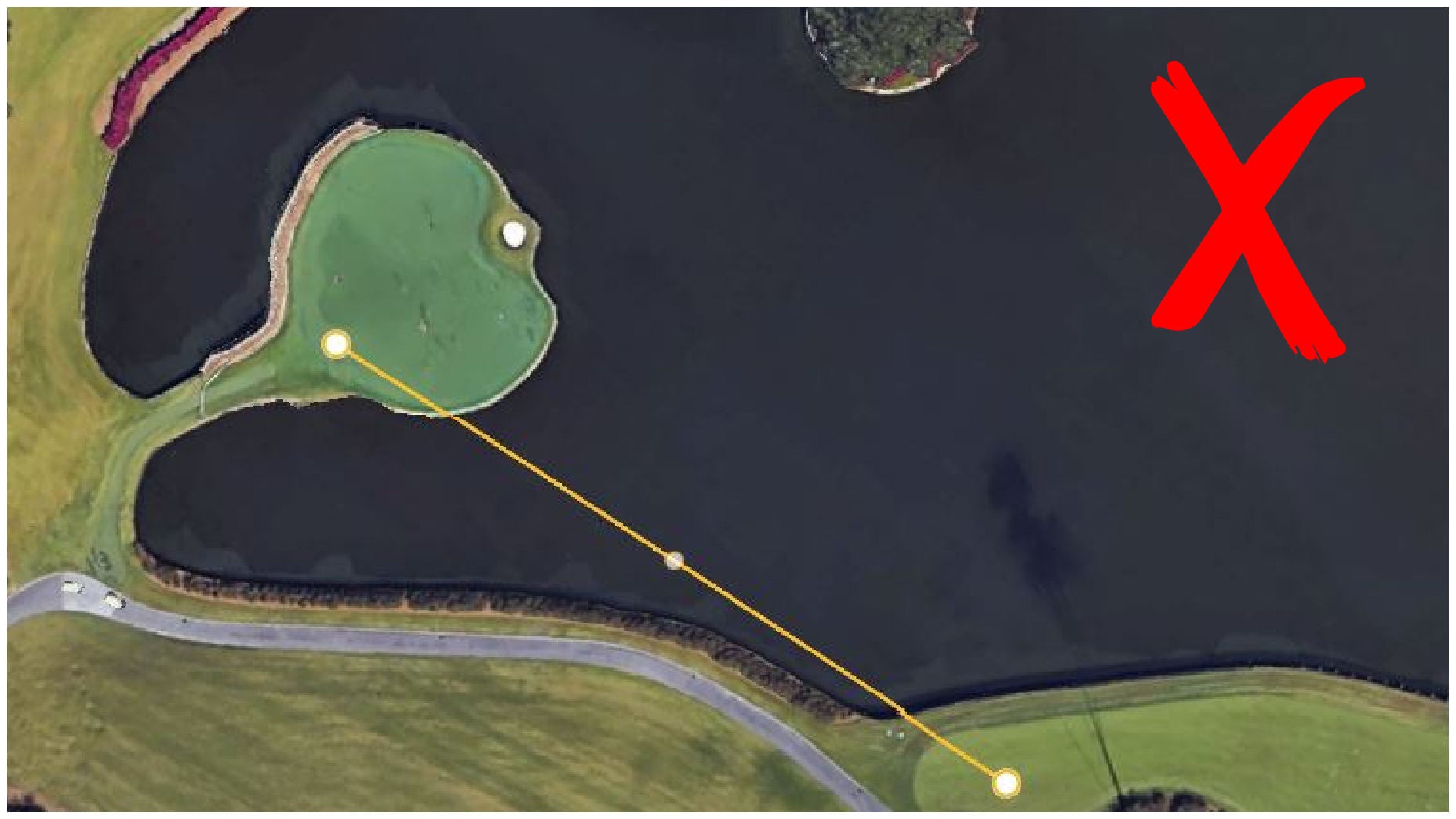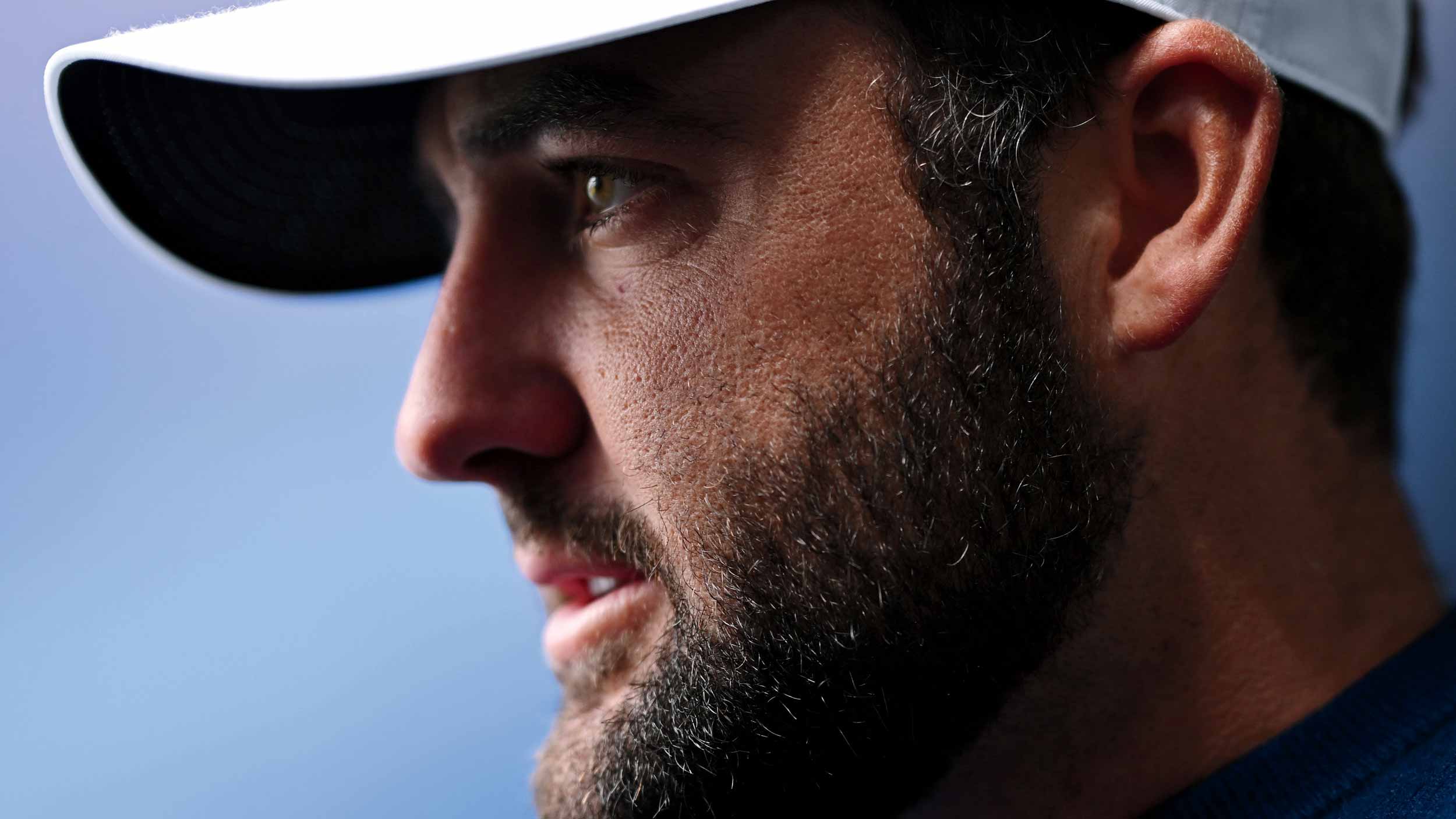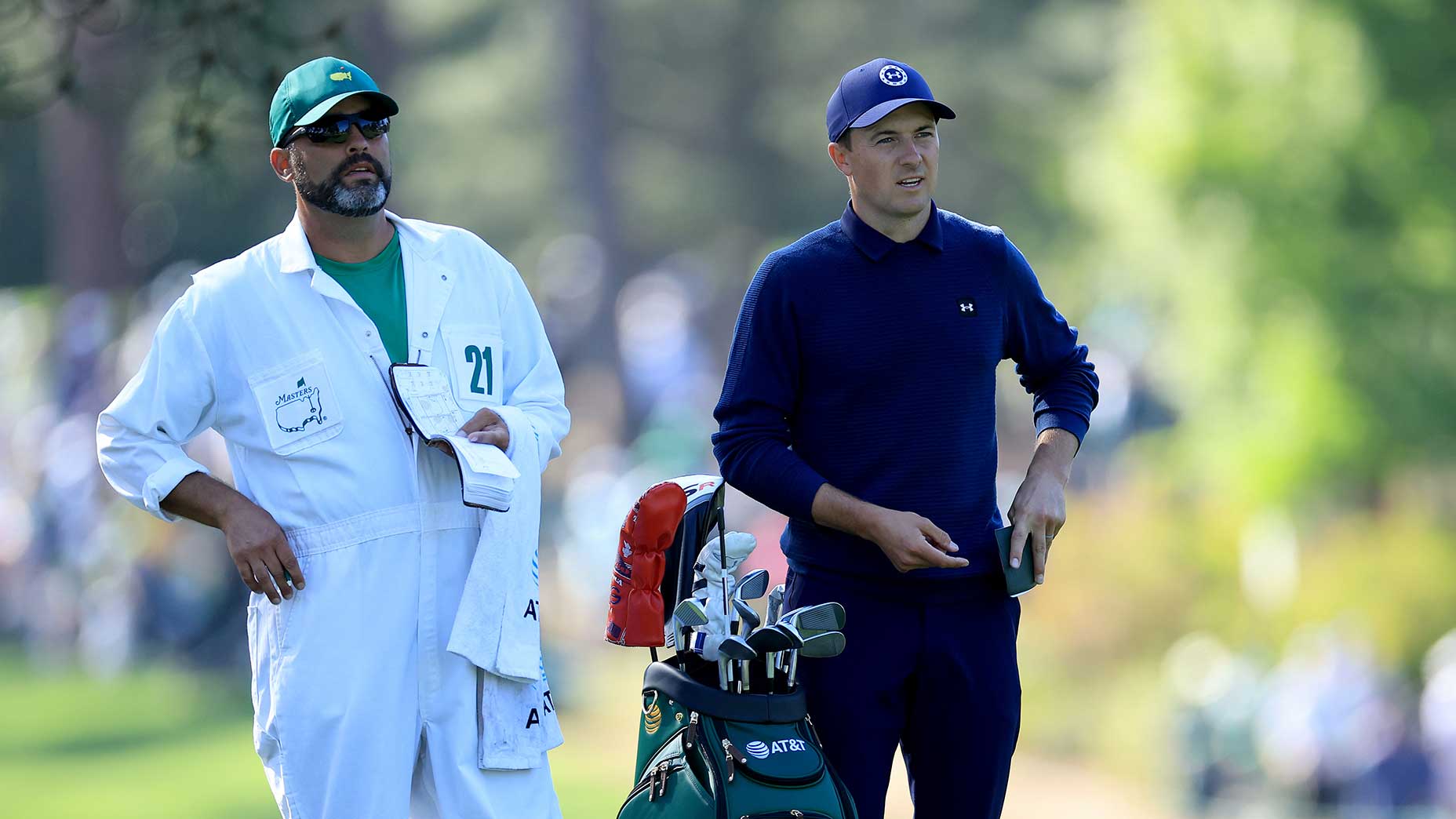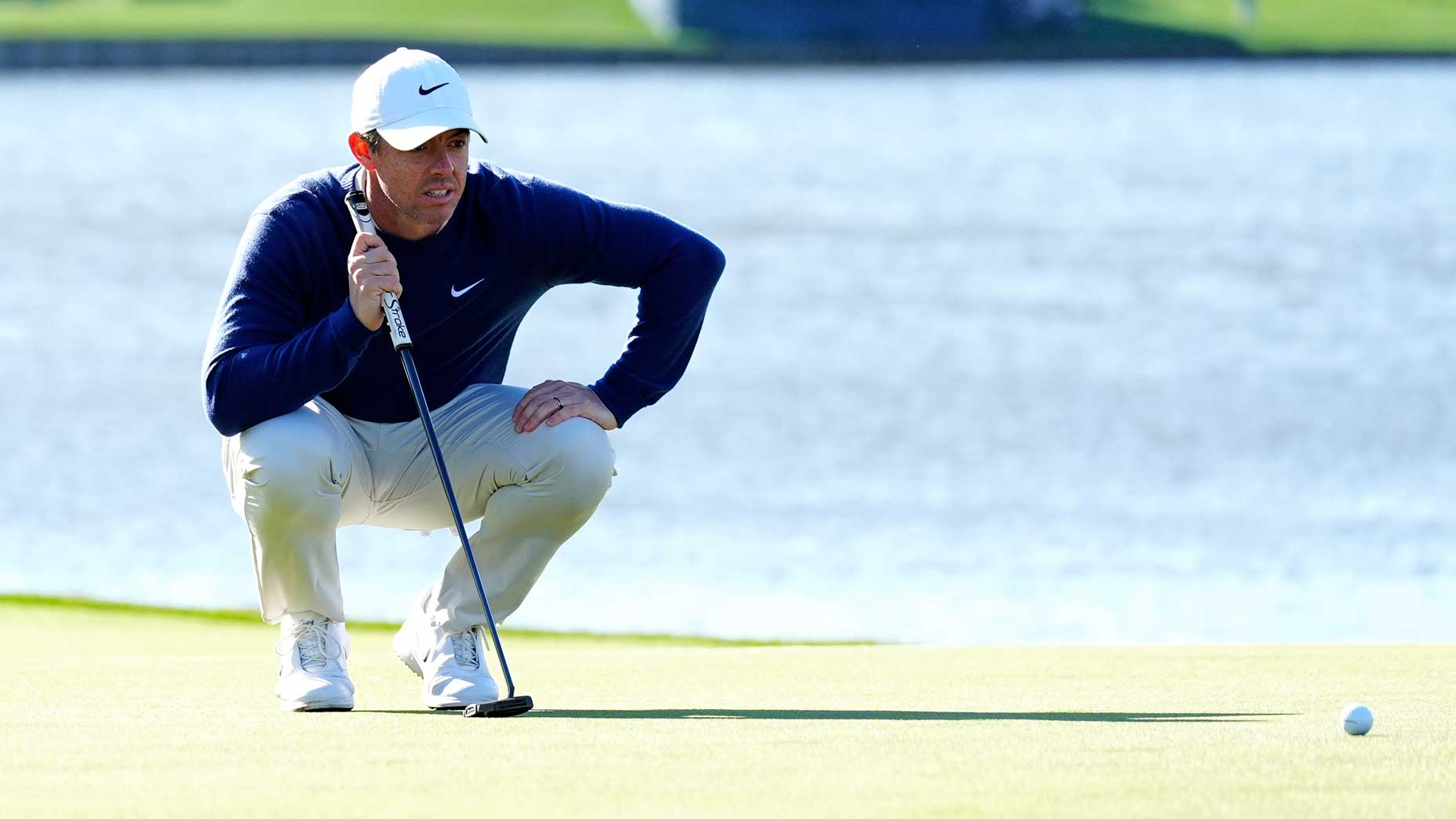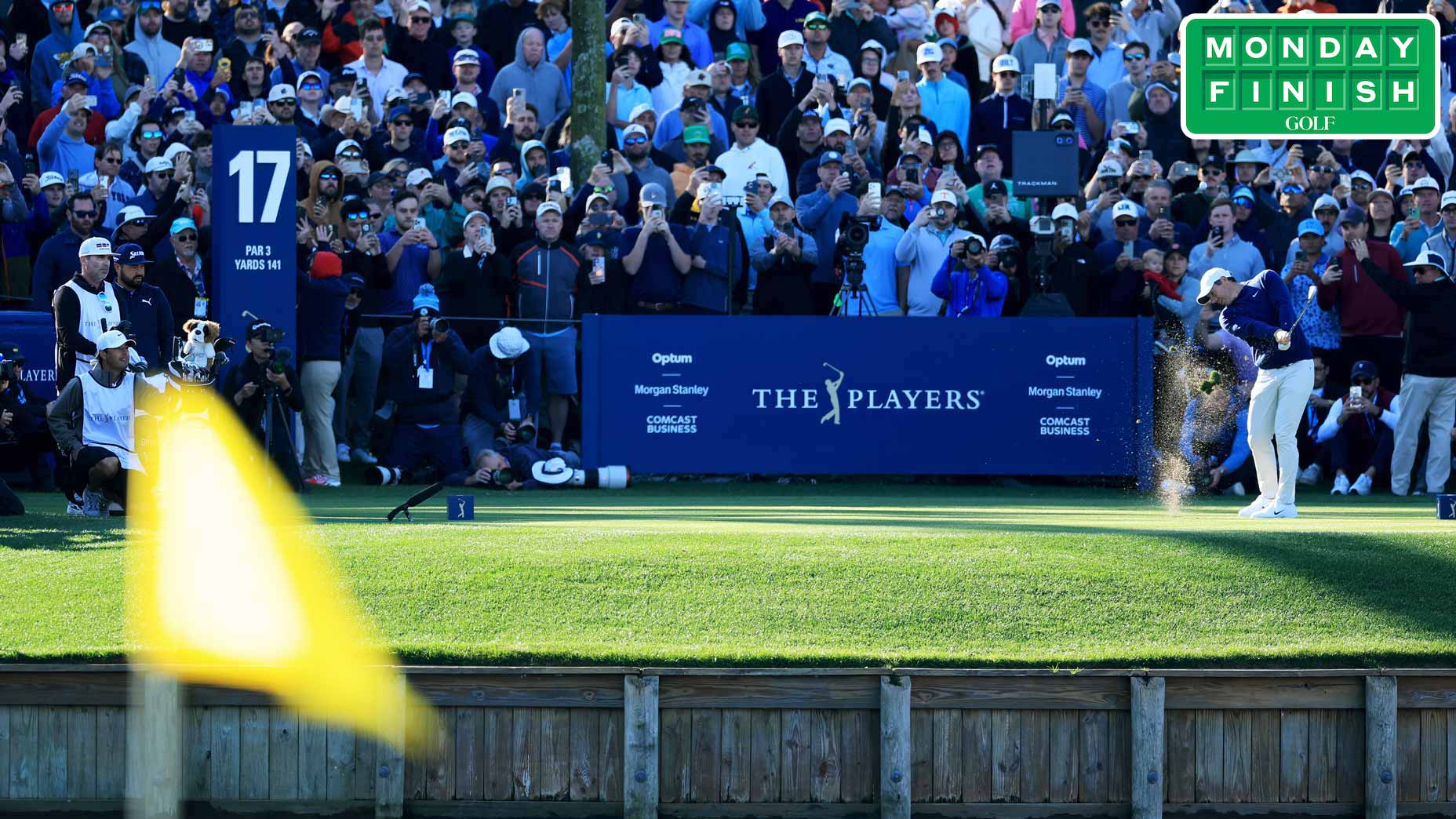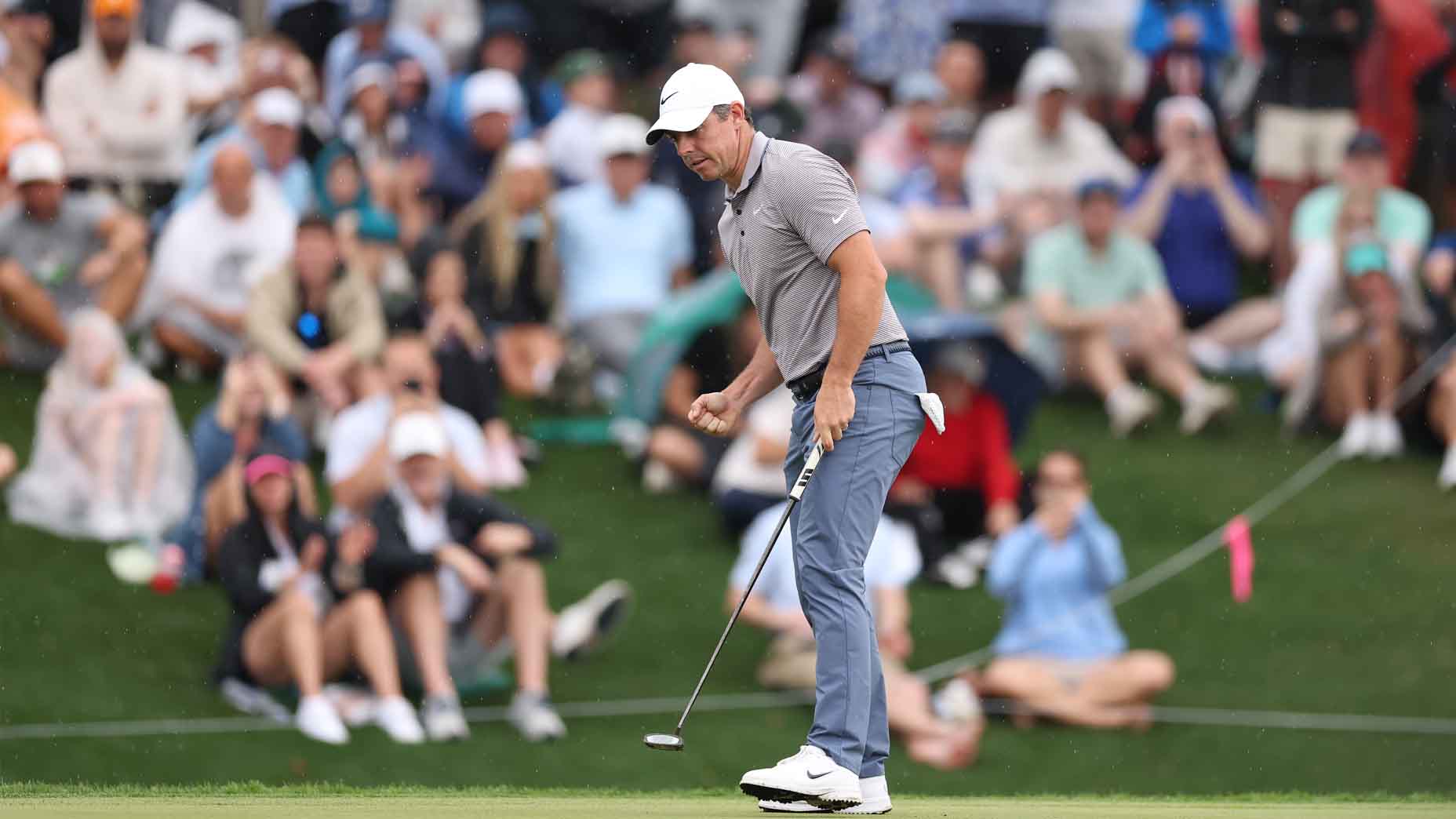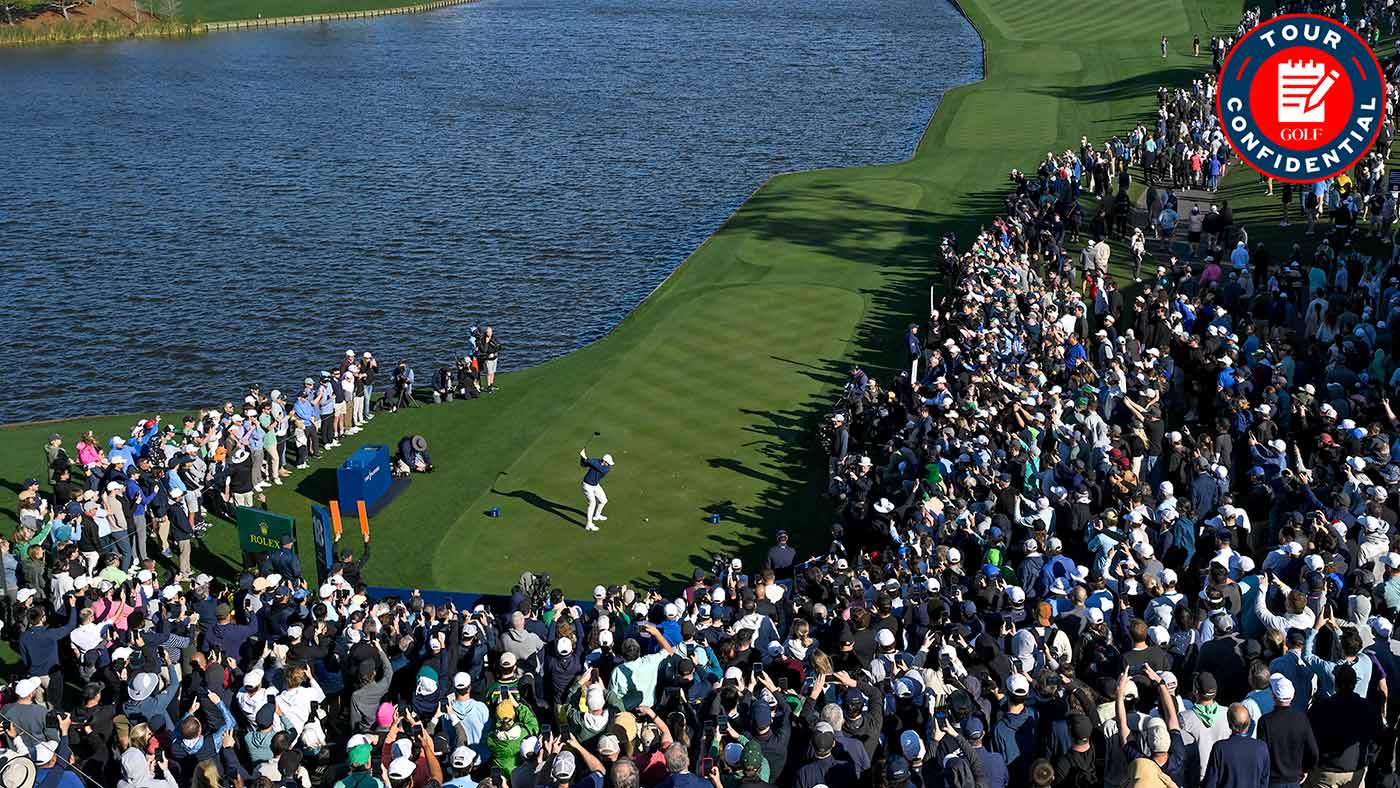The 143-yard 17th hole at TPC Sawgrass was playing pretty brutal on Thursday, for a few different reasons.
The wind was gusting and at players’ backs, which proved tricky to navigate with the hole location in the back and water lurking just long. In theory, a back pin means there’s plenty of room to land it safely on the green — but because the green was just recently redone, it was rolling firmer than the others on the course. Yet another curveball that made going long a deadly miss.
It was all a formula for something we saw often: Pros would flight something low into the middle of the green, trying to get close to the hole, only to watch their ball take a big bounce and trickle into the water long or stop *just* short.
39 consecutive times dry on No. 17 at @THEPLAYERSChamp, heading into today.@JasonDufner's longest active streak on TOUR lives … by THAT much 😬#QuickHits pic.twitter.com/YMEMOwPQuu
— PGA TOUR (@PGATOUR) March 11, 2021
So many balls found the water that it sparked an interesting discussion among NBC’s commentators about whether to re-tee, or move up to the drop zone and continue from there.
Most players opted for the latter, but the commentators — Justin Leonard and Paul Azinger — preferred the former.

Trust the science
“If I ever hit it in the water, I would always just re-tee,” Azinger said.
“You’re hitting a good full shot from the tee,” Leonard said.
When Fleetwood found the water on his tee shot later in the day and opted to re-tee, Azinger expanded on his reasoning:
“I like this decision. With the pin where it is, the angle from the drop zone is terrible.” Azinger said. “And you just hit the shot so you know what you did wrong.”
Re-tee or drop zone? If I was a pro, I’d instinctively move up to the drop zone, but the more I think about it, the more I’m unsure that would be the right move. There are pros and cons to each, so let’s break it down.
When using the drop zone backfires

Pro makes quintuple-bogey 8 without hitting a single putt on Sawgrass’ 17th, withdrawsBy: James Colgan
On paper, the numbers are on the drop zone’s side.
The distance from there to the pin is only 83 yards. From between 75 and 100 yards, the PGA Tour’s GIR average is more than 79 percent, with an average proximity of about 17 feet. But, of course, context matters, and Azinger’s right: The angle from drop zone to pin here really is terrible and has no room for error short, left or long. That said, the decision to use the drop zone itself is as much the issue as choosing the line to take. That’s why my advice would be, if you just dunked one in the water on 17, go up to the drop zone and don’t get cute with that pin. Forget about the flag; pitch it somewhere below the hole and try to make the putt.
If that doesn’t sound like your cup of tea, then consider the alternate route…
When re-teeing makes sense
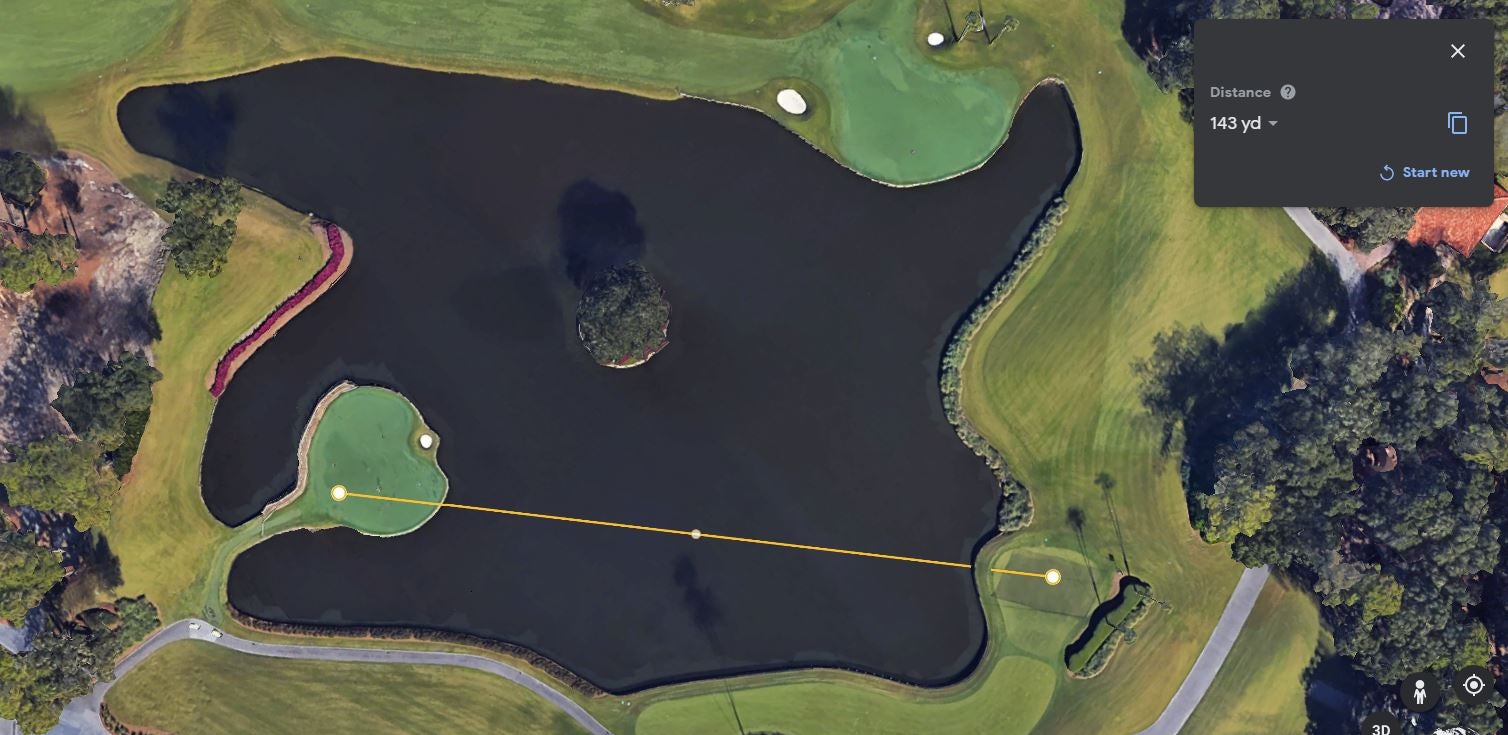
There’s a slight intangible factor here, but it is real. The hole is only 143 yards, and Azinger’s right: You did literally just hit the shot. And while there are a few different factors that make the shot tricky, it’s hardly unplayable. Midway through Thursday’s round, pros had made 25 birdies on the hole. The angle is better, too: If you’re taking dead aim, you do have more green short than the drop zone, which is closer but offers a tighter window.
Ultimately, the hole requires one good wedge shot. If you do that, you’re golden.
This is how you're *supposed* to play No. 17… pic.twitter.com/k6W7GHuQ5w
— GOLF.com (@GOLF_com) March 11, 2021
